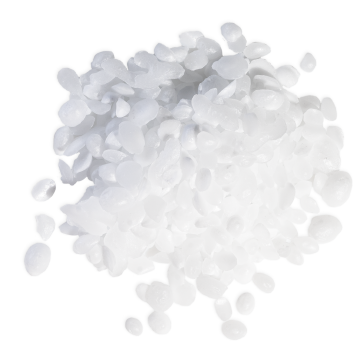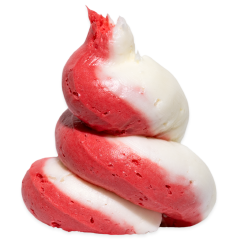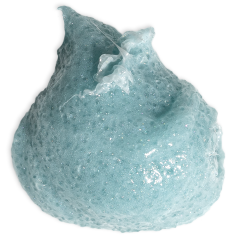Cetearyl Alcohol
- Co-Emulsifier
- Thickener
- Emollient
- Viscosity Enhancer
| INCI | Cetearyl Alcohol |
|---|---|
| Uses |
|
| Type | Naturally Derived |
| Kind | Fatty Alcohol |
| Also Called |
|
| Optimal pH | suitable for a wide range |
| Usage Guidelines | 1% to 3% |
| Formulation Stage | Heated oil phase |
| Form | White translucent waxy pellets |
| Scent | Mild, barely noticeable odour |
| Solubility | Oil soluble |
| Derived From | Palmitic and stearic acids combined with vegetable triglycerides |
| Products | Creams, Lotions, Body Butters, Bars and Conditioners |
What is Cetearyl Alcohol?
Cetearyl alcohol mainly functions as a co-emulsifier, thickener and/or emollient in cosmetic formulations. It is part of a group of ‘fatty alcohols’ that are derived from synthesising natural components, in this case stearic acid and palmitic acid (found in oils and butters) and vegetable triglycerides. Please note: fatty alcohols such as cetearyl or cetyl alcohol are emollients that do not dry out the skin or have astringent properties like ethanol or isopropyl alcohol.
Benefits of cetearyl alcohol for skin and hair care
Cetearyl alcohol is a multifunctional ingredient that improves the feel, performance and stability of products. For skincare products, the addition of cetearyl alcohol makes luxurious, rich formulas, reducing potential stickiness from oil and butters and creating smooth, light, moisturisers. In haircare, cetearyl alcohol is an important ingredient for increasing spreadability and slip which allows products to glide through hair.
How to use cetearyl alcohol in formulations
Cetearyl alcohol is commonly used as a co-emulsifier and thickener to help stabilise emulsion. It can also be used to supplement the oil phase by reducing the amount of heavy emollients and improving the texture of products. Substituting a percentage of the butter in a formula with cetearyl alcohol will give the moisturiser a pleasant skin-feel, whilst still maintaining its body and texture.



